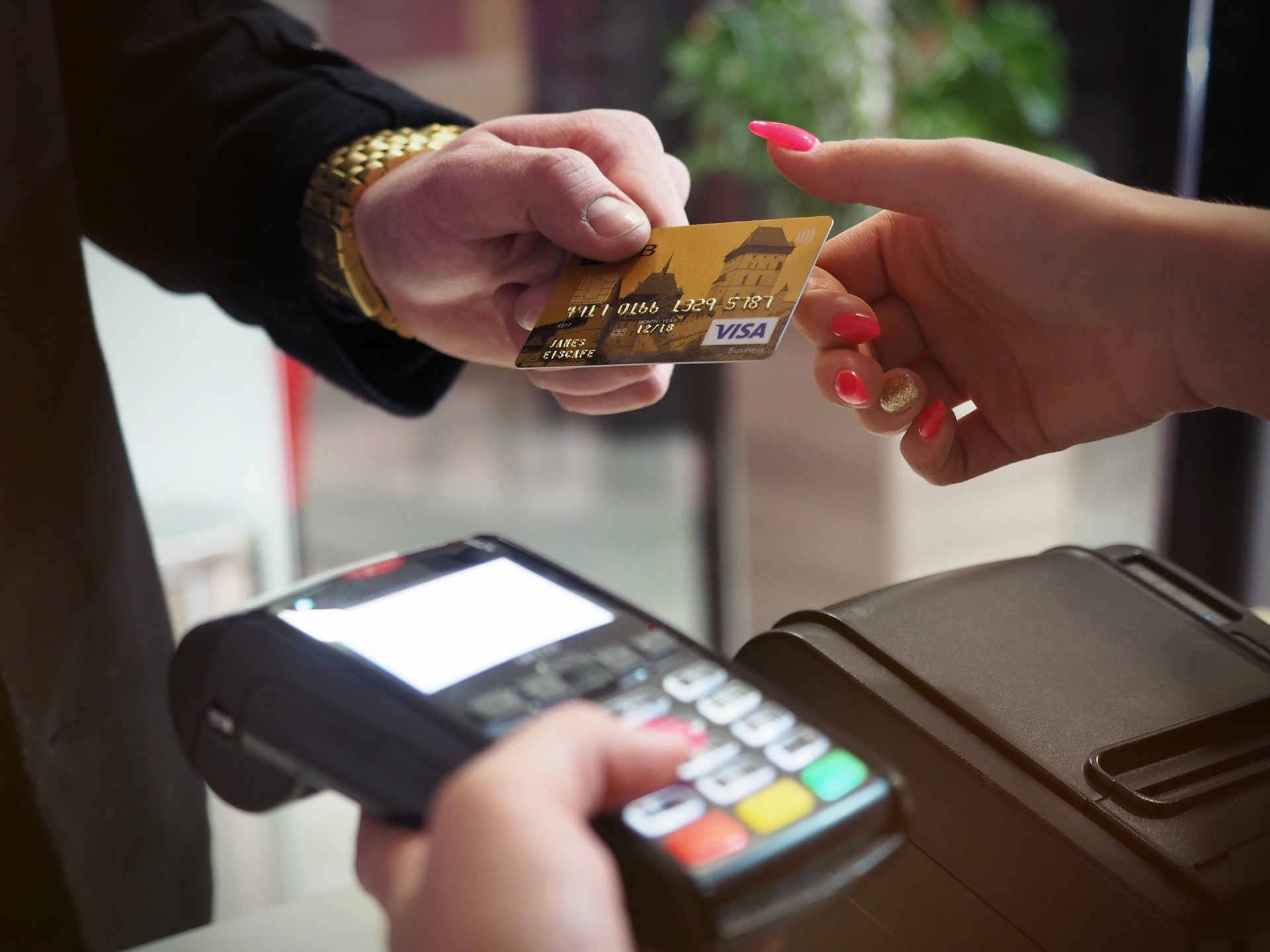Tips for Using Credit Cards Safely
Practising good habits while accepting credit card transactions can go a long way in protecting your business from credit card fraud. In 2020 alone, credit card fraud was expected to result in $31 billion in losses.
Here are some tips your business can follow while processing and handling credit card transactions:
Use tools like Address Verification Systems
Merchants and banks use an Address Verification System (AVS) to verify a transaction by comparing the numerical part of the customer's address with the customer's information on the file.
Use chip readers
Instead of a magnetic stripe, EMV cards store cardholder data on a metallic chip. These chips are more secure than stripe-only cards since specialized readers can only authenticate them. EMV chip technology has the principal advantage of reducing fraud from counterfeit cards.
Use CVV2 and dynamic CVV2 codes for online sales
CVV code is the 3-digit code printed on the back of every credit card. Dynamic CVV is an initiative by Visa that generates a new CVV code for a customer's online purchase through their Visa online banking app.
CVV2 codes are an additional security step to protect online merchants from accepting credit cards whose information was stolen in data breaches and hacks.
Get your business insured against cybercrime
Online hacking and theft are very widespread and common in today’s day and age. To protect your business and customer data stored in your database, you need to get cybersecurity insurance immediately.
The insurance company, in the event of cyber fraud, will help your company pay back any monetary damages and will also provide professional help to fix the problem.



